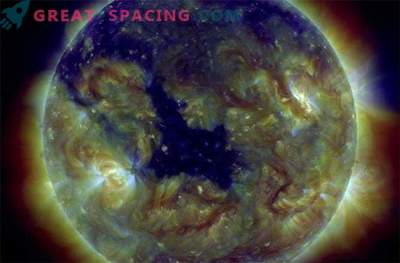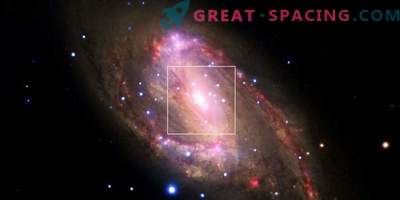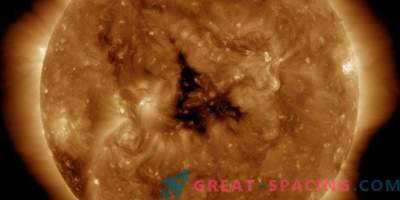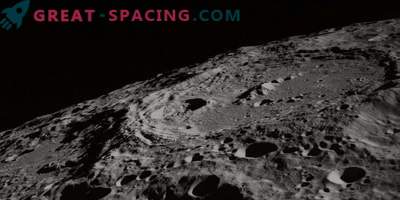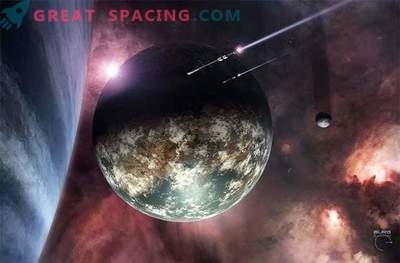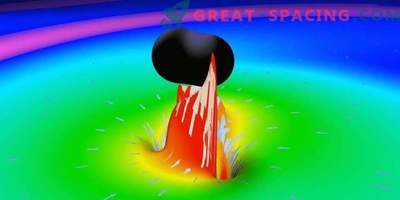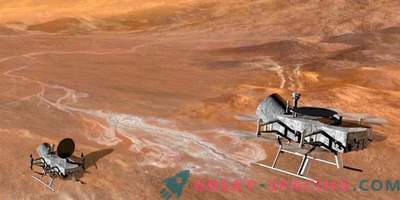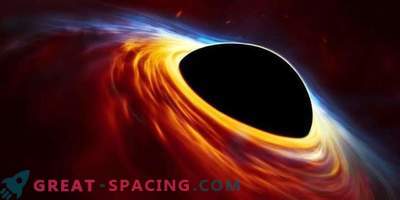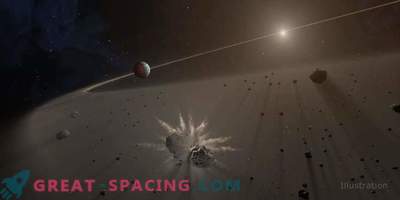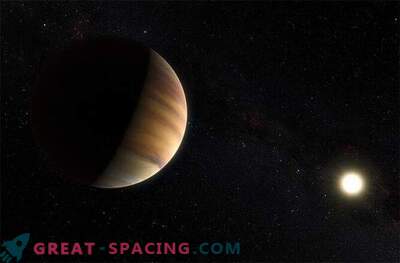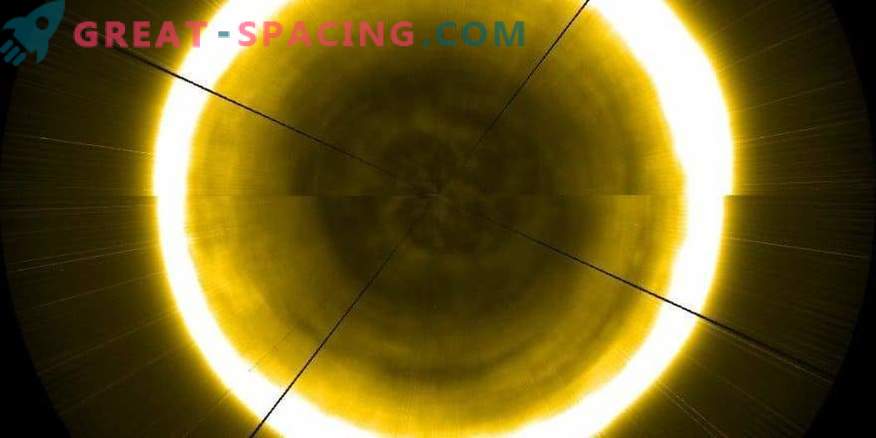
Scientists sent many missions into space to study the sun. Past and present solar researchers include ESA Proba-2 and SOHO probes, NASA SDO and STEREO missions, and a joint project of NASA and ESA Ulysses. However, most of the vehicles concentrates on the equatorial regions of the star. The exception was Ulysses, observing the Sun in a wide range for almost 20 years before the completion of the mission in 2009.
Despite Ulysses' research, scientists lack data on the poles of a star. That is, one has to use a creative approach to combine images of the polar regions of the Sun, as seen in the artificial photo of the solar north pole. A concrete photo extrapolates low-latitude observations of a star from Proba-2 in order to reconstruct the view of the sun's pole.
Poles cannot be seen directly. When the ship observes the solar atmosphere, it collects all data, including direct visibility and the atmosphere around the solar disk. Researchers use this to deduce the appearance of polar regions. To determine the characteristics of the atmosphere over the poles, it is necessary to continuously display the main disk of the Sun and collect the slightest information from the outer and upper regions of the star during its rotation. Over time, this huge information array turns out to combine and get a view of the pole. In the specific case, the gaps supplemented with ultraviolet observation SWAP from Proba-2. The line is created due to small changes in the solar atmosphere that occurred during the creation of the image. The photo also shows a bright bulge (upper right), which is formed by a low-latitude coronal hole rotating around the solar disk.
The polar region of the coronal hole is viewed as a dark area in the center of the solar disk and acts as a source of rapid solar wind. Also visible is a thin network of light and dark structures that can lead to variations in the wind speed of the star.
Such images help reveal the secrets of the solar poles: how waves travel through a star, the formation of coronal holes and emissions. But without direct observations also can not do. To fill these gaps, ESA plans to launch Solar Orbiter in 2020. This mission will study the star from high enough latitudes to explore the polar regions and identify the influence of the magnetic field and particles on the space environment.



